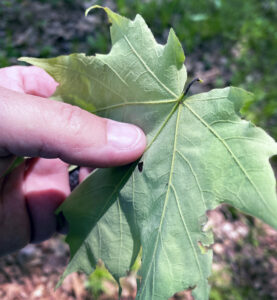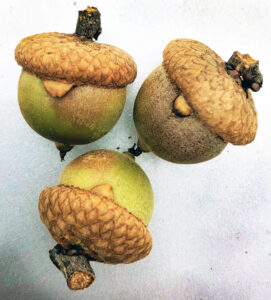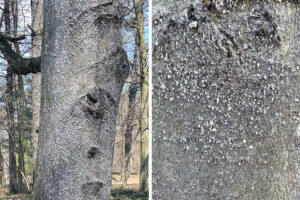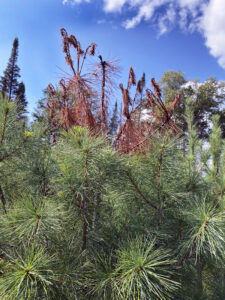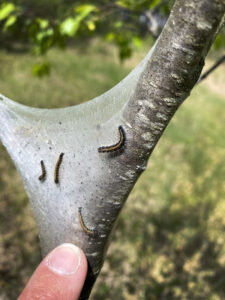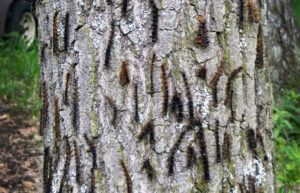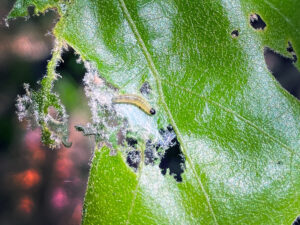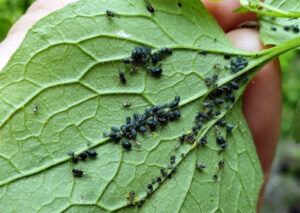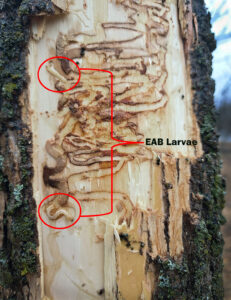
Emerald ash borer has been discovered in Polk County for the first time. The invasive pest now has been found in 68 of Wisconsin’s 72 counties. Photo: Wisconsin DNR.
Paul Cigan, DNR plant pest and disease specialist
715-416-4920 or Paul.Cigan@wisconsin.gov
Emerald ash borer (EAB) was detected for the first time in Polk County this spring, making it the 68th of Wisconsin’s 72 counties in which the invasive pest was found since it was first discovered in the state in 2008.
Several green ash trees with woodpecker flecking were observed in the roadside right-of-way along 100th Avenue in the Town of Osceola during field work.
Two larvae were collected from an infested tree and officially confirmed as EAB by a USDA-APHIS identifier on May 8, 2023.
No regulatory changes have resulted from this detection because EAB was federally deregulated on Jan. 14, 2021, and Wisconsin instituted a statewide quarantine in 2018.
EAB will continue to spread in northern Wisconsin, significantly impacting the ash resource. This is a good time to review the DNR’s updated emerald ash borer webpage for information and resource links on EAB, along with the DNR’s EAB Silviculture Guidelines to become familiar with or to refresh on ash stand management options.
DATCP, DNR, UW Extension and tribal partners continue to track EAB’s spread, sharing detection information through online maps available to Wisconsin’s citizens, private businesses and governmental entities. The goal is to aid in EAB readiness planning, pest management and biological control activities.
With more than 20 new city/town/village detections already reported statewide in 2023, map updates continue to occur on a biweekly basis. To see where EAB has been found in Wisconsin or to report new municipal detections, please visit the Wisconsin EAB online detections map or PDF map.
